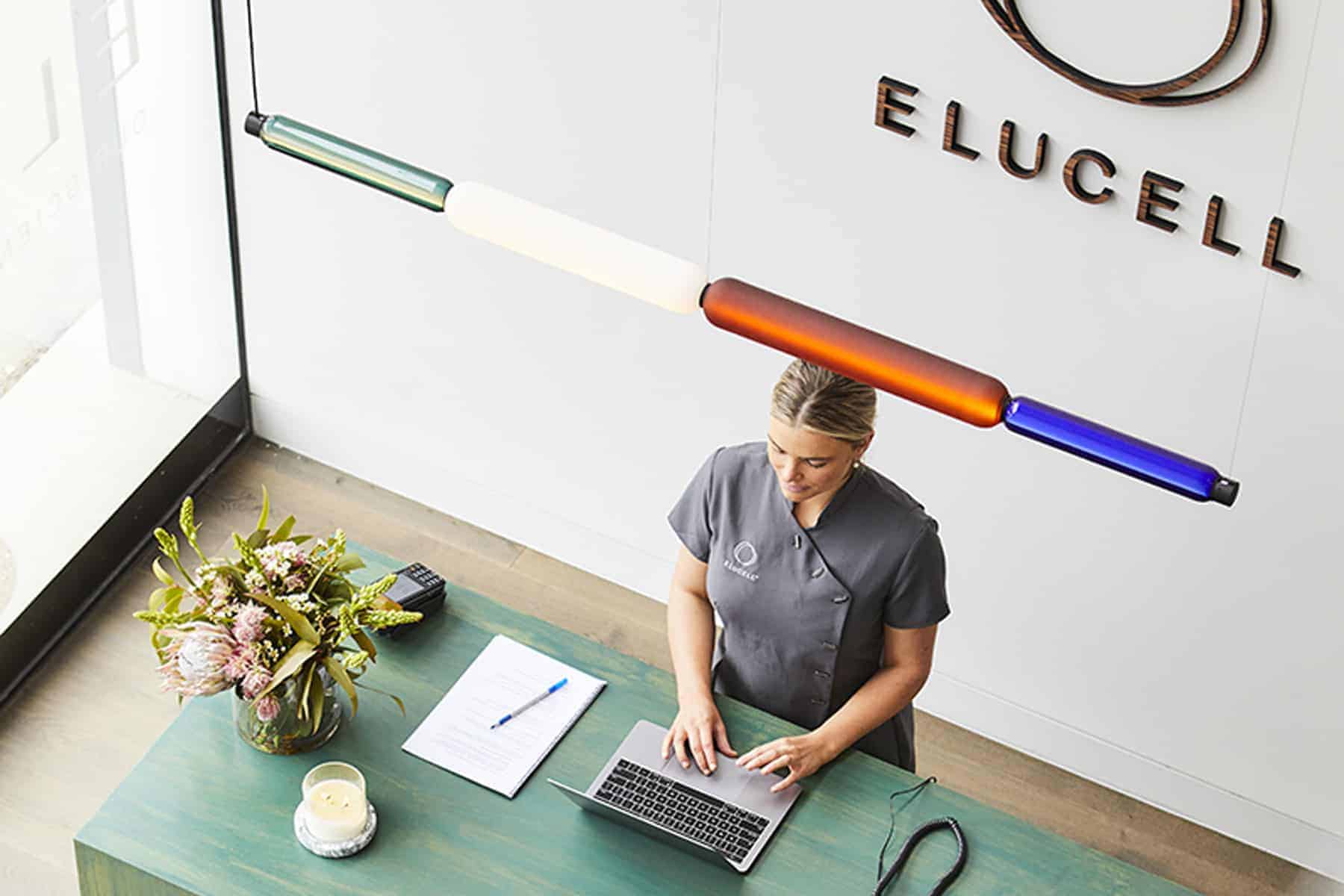Comparing Downtime: Recovery After Aesthetic Treatments vs. Marathon Sessions

The Concept of Downtime in Modern Life
In a fast-paced, performance-driven world, the idea of downtime has evolved from passive rest to a crucial part of productivity, well-being, and decision-making. Two seemingly unrelated domains—medical aesthetics and casino gaming—surprisingly share a common denominator: the need for recovery. Whether one has undergone a facial rejuvenation treatment or spent hours immersed in a high-stakes casino marathon, the body and mind must process and recalibrate.
Both experiences exert stress on different systems—one physical, the other neurological or emotional—and both demand recovery strategies tailored to their impact. Comparing these two forms of downtime reveals interesting parallels in behavior, expectation, and self-care.
Physical Recovery: Skin vs. Sensory Systems
Aesthetic treatments, ranging from injectables and chemical peels to thread lifts and laser resurfacing, have well-documented recovery pathways. Redness, swelling, and mild discomfort are common side effects, prompting recommendations like cold compresses, hydration, sun avoidance, and temporary makeup restrictions. Similarly, platforms like winportcasino.site prioritize user comfort by offering a seamless and stress-free gaming experience, with intuitive interfaces and clear guidelines that help players navigate their online entertainment with ease, much like following a post-treatment care routine.
In contrast, casino marathons tax different faculties—vision, cognition, and emotional regulation. Players often experience eye strain, mental fatigue, tension headaches, and dehydration. While no bandages or topical creams are needed, the nervous system may be overloaded, requiring just as careful a recovery routine.
Duration and Symptoms: What Happens After
The post-treatment period for aesthetic procedures is often marked by a structured timeline:
-
Day 1–2: Swelling and redness
-
Day 3–5: Peeling (for certain procedures) or bruising
-
Day 6–7: Visible results start appearing
-
Week 2–4: Full healing and integration
The post-casino downtime, however, is more erratic and individual-dependent. It’s influenced by duration of play, emotional highs and lows (especially after large wins or losses), and environmental factors like lighting and noise. Typical symptoms include:
-
Brain fog and irritability
-
Sleep disruption
-
A decline in decision-making clarity
-
Fatigue similar to jet lag
Mental and Emotional Recalibration
Aesthetic treatments can, paradoxically, elevate self-esteem even during recovery. Knowing that improvement is coming tends to generate optimism. Many clients treat recovery time as a meditative window to reflect, disconnect from social obligations, or pamper themselves with light rituals.
In contrast, casino downtime often triggers introspection of a different kind—especially if losses were involved. Emotional aftermath can include regret, impulsivity hangovers, or the need to justify time spent. Recalibration here is about restoring psychological balance and regaining confidence in one’s choices.
Social Visibility and Downtime Protocols
People recovering from aesthetic procedures may choose to limit public appearances due to visible swelling or bruising. They plan strategically, avoiding events or cameras, often aligning treatments with weekends or vacations.
Casino downtime, however, often coincides with reintegration into regular social or work life without visible signs of stress. But the emotional and cognitive fatigue can leak into interpersonal behavior—short tempers, distracted attention, reduced productivity.
Both scenarios call for post-event protocols. Here’s a general list that applies to each type of downtime:
-
Prioritize sleep – at least 7–9 hours to accelerate healing or cognitive reset
-
Stay hydrated – to flush toxins from the body and reduce inflammation
-
Minimize screen time – to reduce eye strain and calm overstimulated senses
-
Practice gentle routines – like stretching or walking to keep the body mobile without stress
-
Reintroduce stimulation slowly – avoid diving back into intense schedules or activities
Psychological Framing: Empowerment or Burnout
Recovery from aesthetic procedures is often framed as an empowering journey. Patients see downtime as a short-term investment toward longer-term confidence. The psychological framing is generally positive—even when discomfort is involved.
Casino recovery is more ambiguous. If the session was profitable or entertaining, the fatigue is brushed off as ‘worth it.’ If losses or compulsive behavior occurred, the framing leans toward guilt or a need to ‘detox.’ This difference affects how people plan future sessions or interventions—medically and behaviorally.
Designing Recovery Spaces: Environment Matters
Aesthetic clinics often emphasize calm, spa-like atmospheres post-treatment. Patients may recover in softly lit rooms with herbal teas, soothing music, and attentive staff. The entire design of the space supports the idea that downtime is part of the treatment.
In contrast, casino environments are typically overstimulating right up until exit. The lack of quiet zones, exposure to artificial lighting, and absence of transition spaces often mean players leave abruptly, dropped back into a contrasting real-world setting without decompression.
There’s an opportunity here for casinos to borrow from the wellness playbook—creating lounge zones, offering hydrating drinks, and subtly encouraging breaks that support sustainable play.
Cultural Perceptions of Rest and Value
How society views recovery affects how we allow ourselves to rest. Aesthetic downtime is socially acceptable—seen as part of self-care, improvement, and wellness. Casino recovery, however, may be associated with indulgence, addiction, or irresponsibility.
This contrast shapes how individuals justify rest. Someone recovering from a cosmetic procedure might post about it proudly, while someone recovering from a 12-hour poker night might hide their fatigue and go straight to work. The internalized value we assign to the activity deeply influences how fully we allow our minds and bodies to bounce back.
Conclusion: Different Paths, Same Need for Restoration
Though rooted in vastly different worlds, both aesthetic medicine and extended casino gaming share a core reality—after the stimulation, the body and mind require restoration. Whether it's the skin healing after a laser session or the brain recalibrating after a marathon of decision-making under pressure, effective downtime is not a luxury. It is a necessity.
Recognizing this need, building personalized recovery rituals, and reframing rest as part of the full experience—whether beauty or entertainment—empowers individuals to sustain both confidence and enjoyment in balanced, healthy ways.

